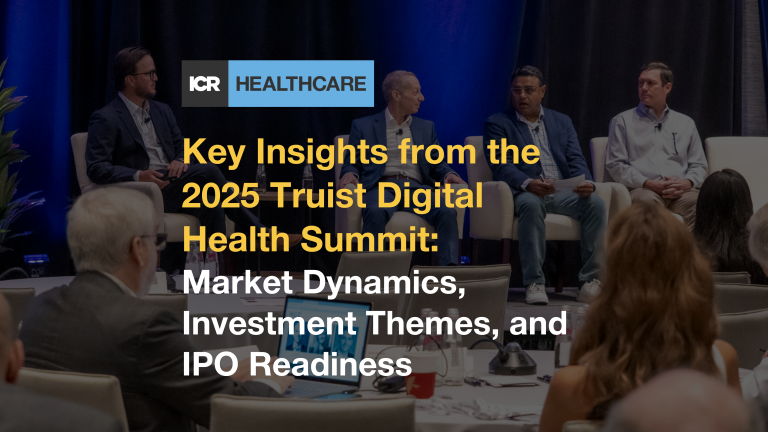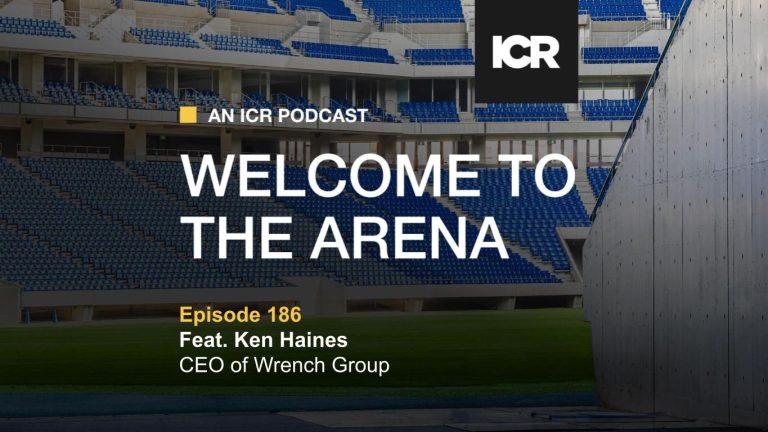Getting out on the road – be it through a non-deal roadshow (NDR) or investor conference – is critical to the success of an effective IR program. Meeting current and prospective investors face-to-face and sharing the story is essential to acquiring and maintaining dedicated investors over the long term. But the timing of these engagements can pose challenges to management teams that need to be managed very carefully.
The ideal timing to attend a conference or conduct an NDR occurs during the first month following a company’s earnings report. However, management teams have lots of priorities and scheduling conflicts can occasionally result in a company finding itself in the slightly awkward position of meeting with investors later in the quarter, or even post-quarter end.
To best prepare for what can be a challenging interaction, ICR recommends the following steps:
Before the Roadshow/Conference:
- Participating management should re-read the most recent earnings conference call transcript, earnings press release, and any supplemental materials from the quarter to remind themselves of the public messaging that was given, and the disclosures that were made.
- Consider holding a prep Q&A session with management ahead of the meetings, similar to pre-earnings call prep, to help craft or re-inforce messaging.
- Investor Relations should remind the sell-side analyst that is hosting the event that management is making a special accommodation by marketing at this time and to please be respectful about what is asked, recognizing the constraints on management.
- Depending on certain circumstances, it may be necessary to discuss whether to pre-announce preliminary results ahead of the event. The later in the quarter the event is, or if it occurs following quarter-end, the more this may be an issue. While we generally try to avoid pre-announcing whenever possible, the following should be taken in to account:
- What is the company’s performance compared to expectations, or more importantly, compared to its guidance?
- Is the company able to narrow down an EPS range ahead of the quarter close, since opened-ended pre-announcing (i.e. comps only) can create more consensus confusion?
- Does the event allow management to provide additional color via webcasting as to the change in expectations (this is particularly important when the new news is negative)?
- Will pre-announcing set a future precedent?
- Taking the circumstances and potential outcomes into consideration, the positives should be carefully weighed against the negatives of preannouncing earnings to make a decision.
- When asked about intra quarter trends, management should stick to language that states that you don’t comment on intra-quarter trends or reiterate language from the call related to the current quarter, if any was provided.
- On issues or events that happened following the last call (e.g., weather events, tax law changes, etc.) stay away from specific numbers, keep it high level and say you will provide greater detail and color on the next earnings call.
- Be mindful that investors and analysts will also be monitoring your body language, facial expressions, tone, and anything else that can give them insight into how you feel about the current quarter’s results. Preparation is important to offsetting these potential inadvertent signals.
- Before departure, arm management with the following items:
- Latest earnings call transcript, earnings press release, investor deck, and Q&A prep document.
- Backgrounds on each analyst and investor that you are scheduled to meet with.
After the Roadshow/Conference:
After the event it is good practice to reach out to the investors you met with to thank them for their time and to offer a follow-up call to address any additional questions they may have. This way the investors have an Investor Relations contact at the company to reach out to in the future after (hopefully) doing more work on your company.



